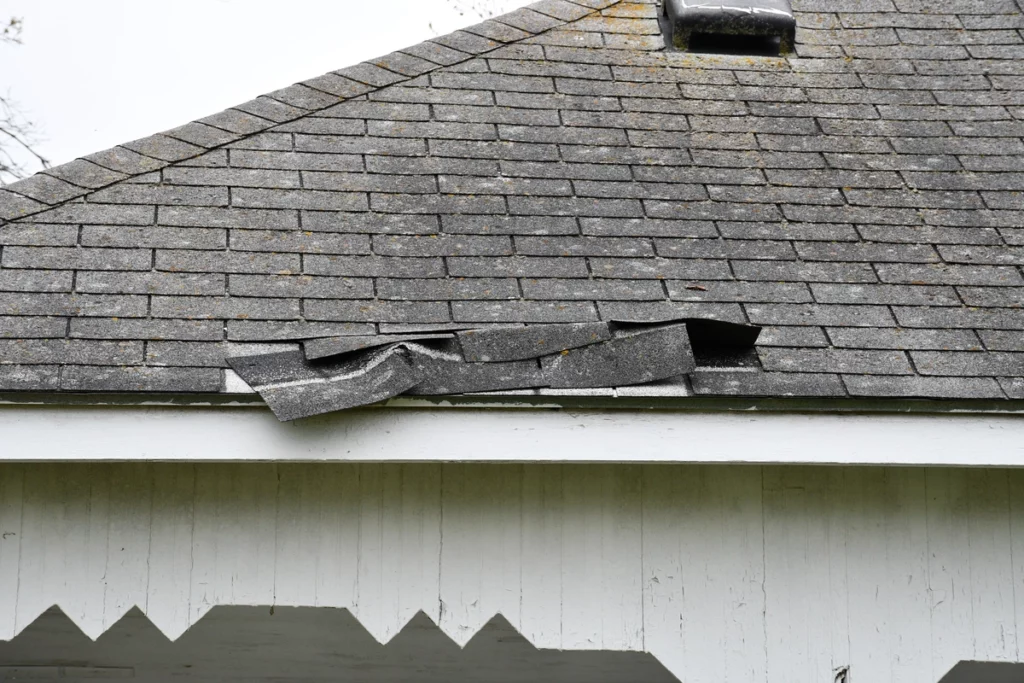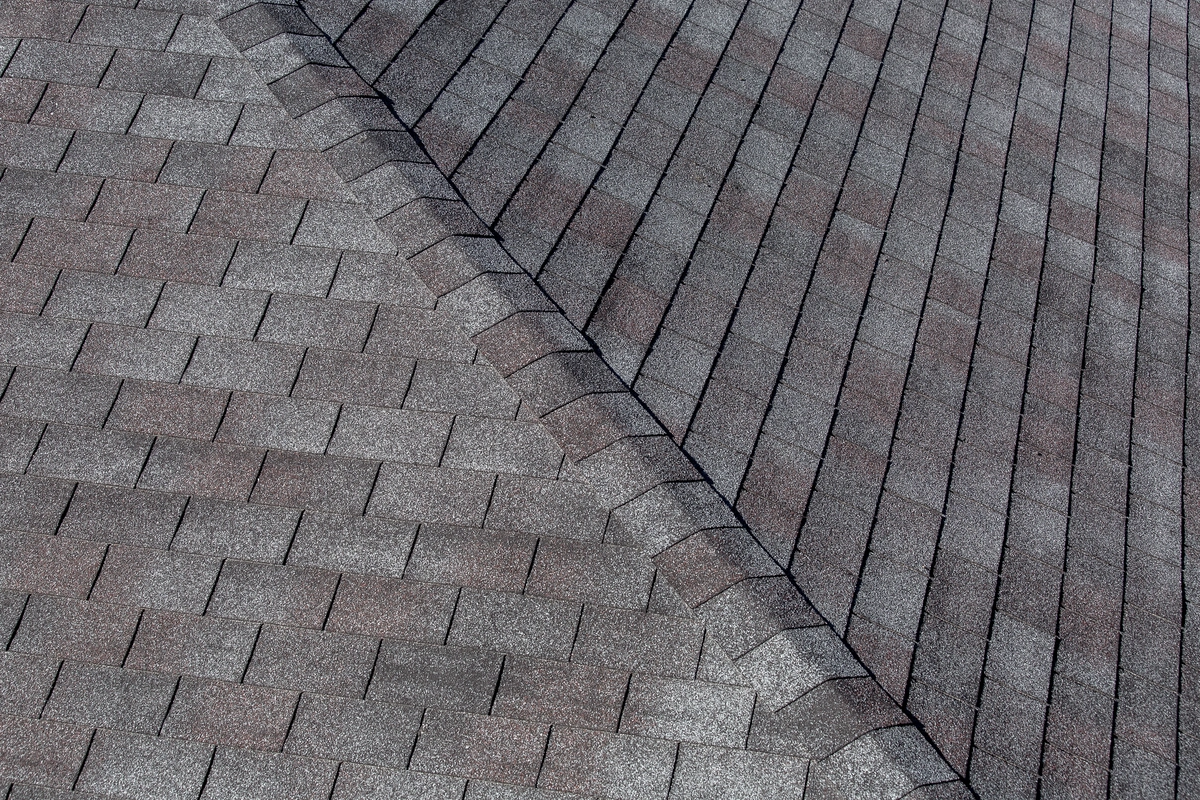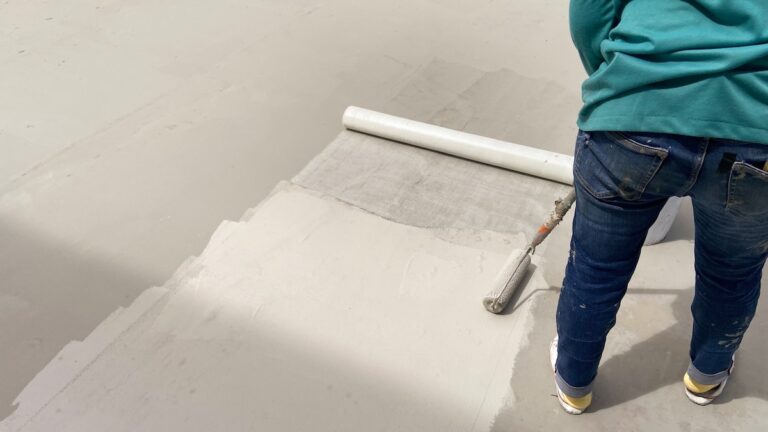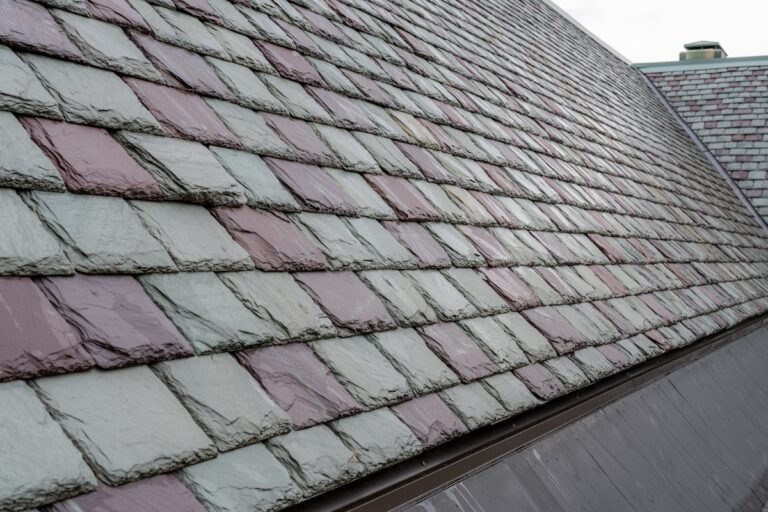Your roof is not just a protective barrier over your head; it’s also a significant investment in your home’s value and aesthetics. Over time, roof shingles can accumulate dirt, debris, algae, and moss, which not only affect the curb appeal of your property but can also lead to serious roof damage if left untreated.
In this deep dive, we will explore:
- The dangers of dirty roof shingles
- Step-by-step instructions on cleaning roof shingles
- Key signs of roof damage you should be aware of
The Dangers of Dirty Roof Shingles

- Reduced Curb Appeal: One of the most apparent consequences of dirty roof shingles is the negative impact on your home’s appearance. Stains, streaks, and discoloration caused by algae, moss, and debris can make your roof look old and neglected, which can lower the overall curb appeal of your property.
- Algae and Moss Growth: Roof algae, such as Gloeocapsa magma, and moss can thrive on shingles in damp and shaded areas. These organisms can spread quickly, compromising the integrity of your roof and creating an unsightly mess. Algae can also retain moisture, potentially leading to shingle deterioration and decay.
- Reduced Roof Lifespan: Over time, the accumulation of debris and biological growth can cause premature aging of your roof shingles. This can shorten the lifespan of your roof, leading to costly repairs or even a full roof replacement long before it should be necessary.
- Compromised Energy Efficiency: Dirty roof shingles can absorb more heat from the sun, making your home less energy-efficient. This can lead to higher cooling costs during hot months as your air conditioning system works harder to maintain a comfortable indoor temperature.
- Potential Roof Damage: Neglecting to clean your roof shingles can lead to more severe problems, including shingle deterioration, wood rot, and leaks. Water can infiltrate your home, causing structural damage and promoting the growth of mold and mildew.
How to Clean Your Asphalt Shingle Roof: 8 Steps
Cleaning your roof shingles is a proactive step in preserving your home’s beauty and structural integrity. Follow these steps to effectively clean your roof shingles and protect your investment:
1) Safety First 🦺
Before you begin, prioritize safety. Ensure you have the right protective gear, including gloves, safety glasses, and a non-slip footwear. Use a stable and secure ladder to access your roof. Have someone assist you if possible to ensure safety.
2) Gather Your Materials 🧰
You’ll need a few materials for this task, including:
- A garden hose with a spray nozzle
- A long-handled soft-bristle brush
- A bucket, a mild detergent or roof cleaner
- A safety harness or rope for added stability on steep roofs
3) Remove Debris 🧹
Start by carefully removing loose debris from your roof using a leaf blower or a stiff-bristle broom. Be gentle to avoid damaging the shingles.
4) Prepare Your Cleaning Solution 🫧
Mix a solution of water and a mild detergent or a specialized roof cleaner as per the manufacturer’s instructions. Avoid using harsh chemicals, as they can damage your shingles.
5) Apply the Cleaning Solution 🪣
Using your long-handled brush or a low-pressure garden hose, apply the cleaning solution to your roof’s surface evenly. Avoid high-pressure washing, as it can dislodge shingle granules and cause damage.
6) Gently Scrub 🧽
With your soft-bristle brush, gently scrub the shingles in a circular motion, paying special attention to areas with stubborn stains, moss, or algae. Avoid excessive pressure, as this can damage the shingles.
7) Rinse Thoroughly 💧
After scrubbing, rinse the roof thoroughly with your garden hose to remove any remaining cleaning solution and debris. Ensure you rinse from the top down to prevent water from seeping under the shingles.
8) Prevent Future Growth 🌱
To inhibit the growth of algae and moss, consider applying a zinc or copper strip at the ridge of your roof. Rainwater will wash small amounts of these metals down the roof, discouraging biological growth.
Signs of Roof Damage to Watch Out For

While cleaning your roof shingles, it’s essential to keep an eye out for signs of potential roof damage. Early detection can save you from costly repairs down the road. Here are some common signs to watch for:
- Missing or Damaged Shingles: Check for missing or damaged shingles. They can compromise the integrity of your roof and lead to leaks.
- Curling or Buckling Shingles: Shingles that are curling at the edges or buckling are signs of potential water damage and should be addressed promptly.
- Granule Loss: If you notice an excessive amount of shingle granules in your gutters or on the ground, it may indicate shingle deterioration.
- Leaks or Water Stains: Look for water stains on your ceilings and walls, as well as any signs of water leakage in your attic. These can be indications of roof damage.
- Sagging Roof Deck: A sagging or uneven roof deck can be a sign of structural damage, possibly due to water infiltration or weakened support.
- Flashing and Vent Damage: Check the condition of roof flashing and vents for signs of damage or deterioration. Damaged flashing can allow water to seep into your home.
- Algae, Moss, or Mold Growth: If you notice the return of algae, moss, or mold shortly after cleaning your roof, it may be a sign of underlying issues, such as poor ventilation or excessive moisture.
Learn More about Roof Cleaning
Cleaning your roof shingles is not only about maintaining your home’s aesthetic appeal but also about protecting your investment and ensuring the longevity of your roof. Regular cleaning and vigilant monitoring for signs of damage are crucial steps in preserving the structural integrity of your roof. Remember, a well-maintained roof not only adds value to your home but also gives you peace of mind knowing that your shelter is secure.
Wondering if roof cleaning is the right choice for your asphalt shingles or if more serious action is necessary? Johnson Restoration can help. Contact us today to set up your roof inspection.






